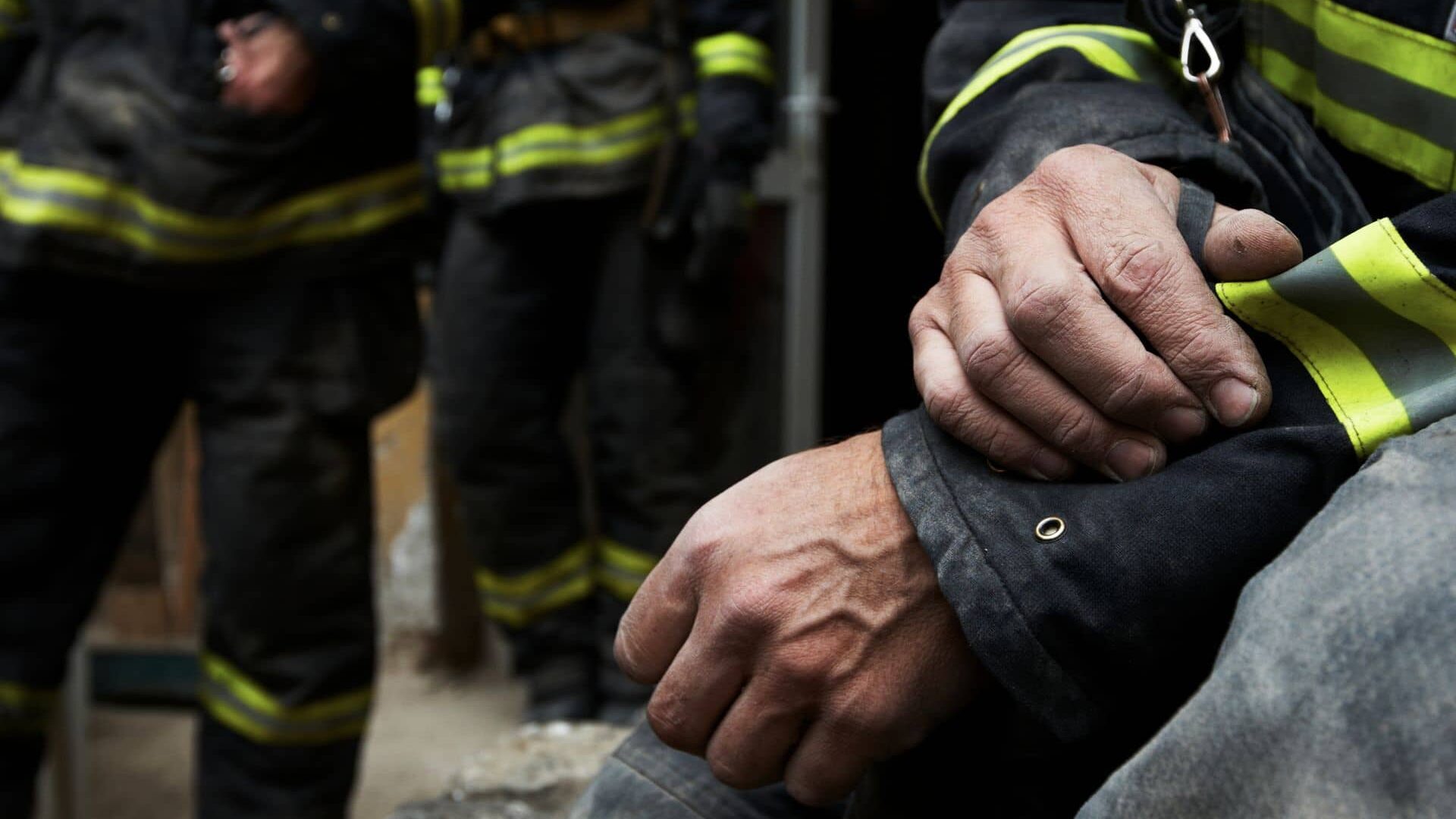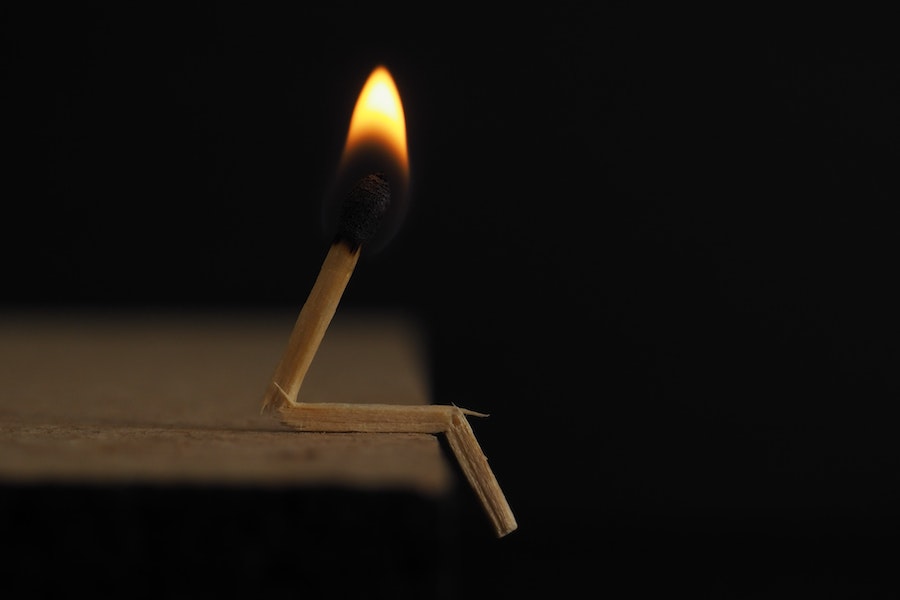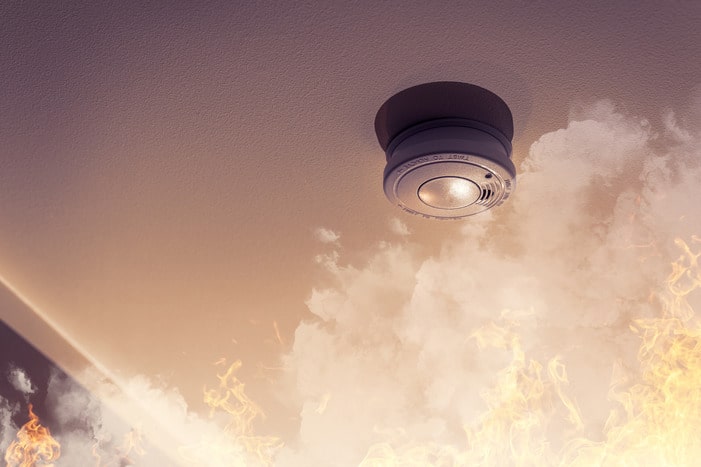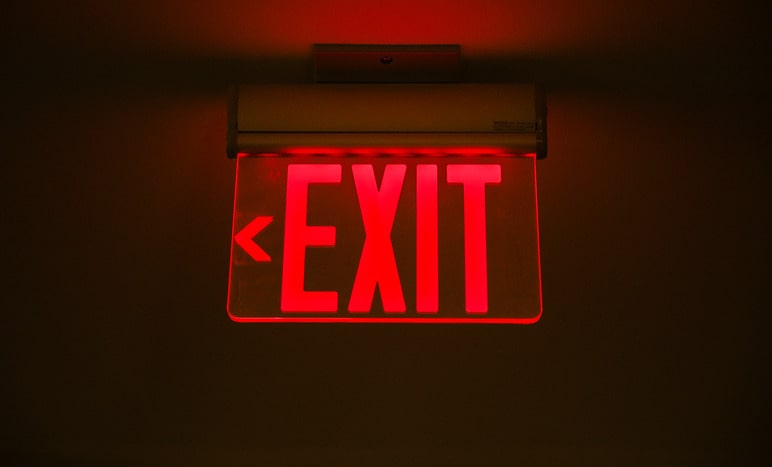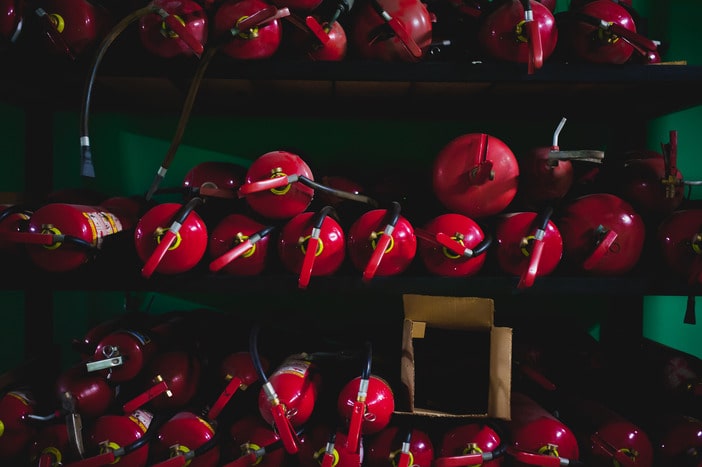Implementing Fire Protection
At Nationwide Fire Watch Guards, we understand the importance of implementing effective fire protection systems to safeguard lives and property. When it comes to fire safety, having the right systems in place can make all the difference. Let’s explore the different types of fire protection systems available to ensure comprehensive protection.
1. Fire Alarm Systems: Fire alarm systems are the backbone of any fire protection strategy. These systems consist of smoke detectors, heat detectors, and manual call points that detect the presence of fire or smoke. When triggered, they sound alarms, alerting occupants to evacuate and notifying emergency services.
2. Fire Sprinkler Systems: Fire sprinkler systems are designed to suppress or extinguish fires by spraying water or other extinguishing agents. These systems are activated when the heat from a fire reaches a predetermined temperature, causing the sprinkler heads to release water, effectively controlling the spread of the fire.
3. Fire Suppression Systems: Fire suppression systems are specialized systems used to extinguish fires in specific areas or for specific hazards. Examples include foam suppression systems, gas-based suppression systems (such as CO2 or FM-200), and chemical suppression systems. These systems are tailored to the specific needs of the environment they protect.
4. Fire Extinguishers: Fire extinguishers are portable devices that provide a quick and immediate response to small fires. They come in different types, such as water, foam, CO2, dry chemical, and wet chemical extinguishers. The type of extinguisher required depends on the type of fire and the specific hazard involved.
5. Fire Detection and Control Panels: Fire detection and control panels are centralized control units that monitor and manage various fire protection systems. They receive signals from fire alarms, sprinkler systems, and other detection devices, providing vital information to occupants and allowing them to take appropriate action.
6. Emergency Lighting Systems: During a fire emergency, visibility can be severely impaired due to smoke and power outages. Emergency lighting systems ensure that escape routes are properly illuminated, enabling occupants to navigate safely and efficiently.
7. Fire Doors and Fire-Rated Partitions: Fire doors and fire-rated partitions are designed to restrict the spread of fire within a building. These structures are made of fire-resistant materials and equipped with specialized hardware to prevent the passage of smoke and flames.
8. Fire Dampers: Fire dampers are installed within HVAC systems and ductwork to prevent the spread of fire and smoke through ventilation systems. They automatically close when triggered by heat or smoke, limiting the fire’s path and protecting adjacent areas.
9. Fireproofing Materials: Fireproofing materials, such as fire-resistant coatings and sprays, are used to enhance the fire resistance of structural components and surfaces. They provide additional time for evacuation and prevent structural collapse during a fire.
10. Fire Safety Training and Education: While not a physical system, fire safety training and education play a crucial role in fire protection. Properly trained occupants are equipped with the knowledge to prevent fires, respond appropriately during emergencies, and use fire protection systems effectively.
At Nationwide Fire Watch Guards, we recognize that each facility has unique fire protection needs. Our experienced professionals can assess your requirements and help design and implement the most suitable fire protection system for your specific environment. With the right systems in place, you can enhance safety, minimize property damage, and ensure peace of mind for all occupants. Contact us today to discuss your fire protection needs and let us help you safeguard what matters most.
